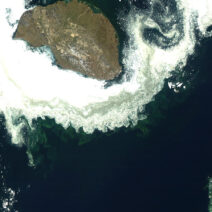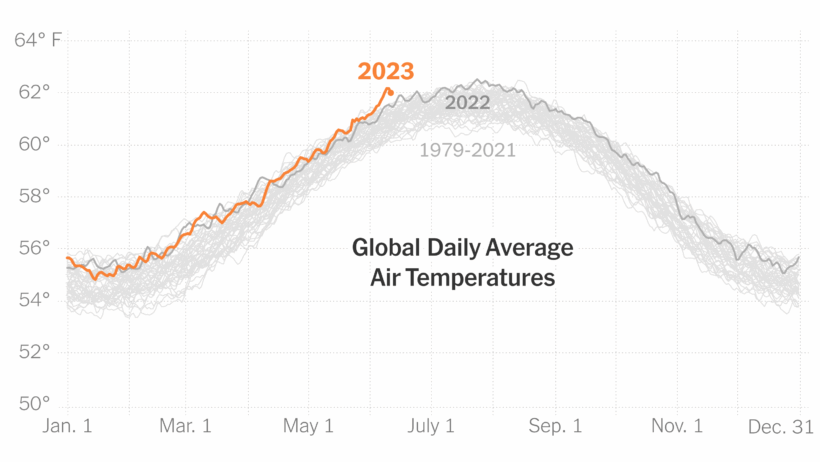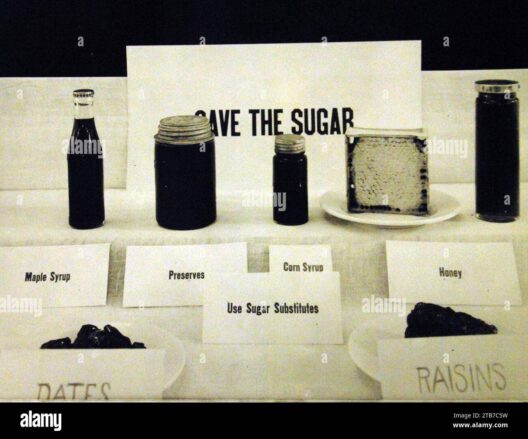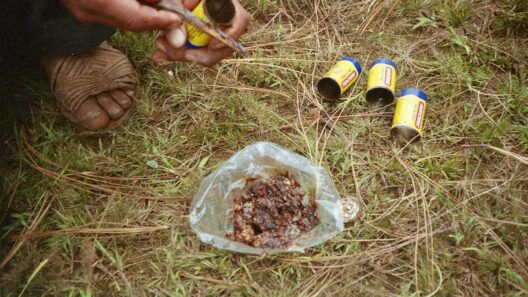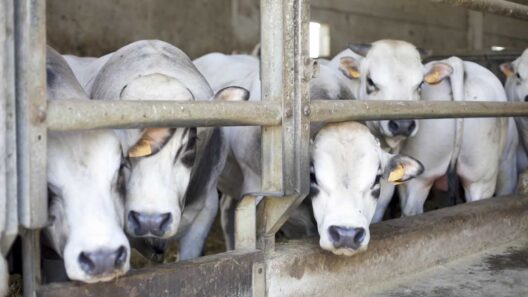The planet has become an unpredictable maestro, conducting a symphony of extremes that reverberate through every corner of the globe. Temperatures soar beyond the pale, as heatwaves sweep across continents, flooding cities and igniting vast expanses of parched land. What we once deemed anomalous is now a recurrent theme in the narrative of our changing climate; extreme weather events have encroached upon our purported normalcy, transforming the very essence of seasons into an ever-volatile tapestry.
At the heart of this chaotic climate puzzle lies global warming, a gradual but inexorable rise in Earth’s average temperatures. Industrialization, deforestation, and unrelenting greenhouse gas emissions paint a stark portrait of humanity’s relentless exploitation of nature’s resources. This escalation in temperature is akin to cranking the thermostat of the planet, and with it comes an arsenal of climatic havoc—heatwaves, hurricanes, and wildfires, all heightened in intensity and frequency.
Take, for instance, the phenomenon of heatwaves. Once sporadic bursts of oppressive heat, they have morphed into enduring spells of discomfort. As if the atmosphere were lacing itself with heat, the fingers of climate change claw at the very fabric of the summer months. In recent years, records have fallen like brittle leaves in autumn, with average temperatures eclipsing previous benchmarks. The average summer is now a relentless furnace, pushing humans and ecosystems to the brink. The heat, like a cruel trickster, offers no reprieve. Vulnerable populations, particularly the elderly and those in urban areas, are disproportionately affected, becoming casualties in this unfolding drama.
Hurricanes, too, have taken on an alarming new persona. Their ferocity had always evoked trepidation, but contemporary storms seem to wield an augmented destructive capability, fueled by warmer ocean temperatures. Warmer seas act as a catalyst, providing storms with the energy to strengthen. What was once a routine cyclone season has transformed into an annual spectacle of power and ruin, reshaping coastal landscapes and displacing entire communities. Each hurricane now carries a name not just as a label, but as a harbinger of calamity, heralding the winds of change as they sweep through territories.
Wildfires, often synonymous with summer in many regions, have taken on a dreadful permanence in certain landscapes. A confluence of drought and excessive heat creates a volatile mixture, converting verdant forests into tinderboxes. These infernos rage unchecked, feasting upon ecosystems that, in bygone years, stood resilient. The flames manifest as both a natural and a man-made disaster, as human encroachment into fire-prone areas exacerbates the situation. Communities are caught in the crosshairs of this raging beast, and recovery becomes an arduous journey, laden with grief and loss.
The implications of such extreme weather extend beyond the immediate devastation; they infiltrate the very fabric of social, economic, and ecological systems. Agriculture, a cornerstone of human sustenance, grapples with unpredictable rainfall and shifting climate patterns. Crop yields diminish; food security wavers. Farmers are forced to adapt, employing innovative techniques to fend off the vicissitudes of nature, while some are driven to despair as their livelihoods crumble in the face of relentless drought.
Moreover, the human psyche is not immune to this barrage of climatic extremities. Psychological impacts manifest as anxiety and fear, while communities reeling from repeated disasters can experience compound trauma. The ancient philosophical concept of Hamlet’s dilemma—’to be or not to be’—echoes through climate conversations today, as individuals grapple with existential threats posed by nature’s newfound volatility. This widespread anxiety is not merely about the immediate peril; it encapsulates an overarching worry about the future of our planet, with younger generations bearing the heavy mantle of anticipated consequences.
Transitioning into a dialogue about collective responsibility, it is imperative to recognize that while the intensity of these phenomena is unprecedented, the narrative is not solely one of doom. The very act of engaging in climate action can be transformative. Individuals, communities, and nations can harness an empowered stance against these meteorological onslaughts. Renewable energy sources, afforestation, and sustainable agriculture present avenues for mitigating the wrath of climate change. By nurturing the earth rather than merely extracting from it, humans can gradually recalibrate the relationship with their environment.
As custodians of this planet, the call to action reverberates through our collective consciousness. What was once perceived as a far-off concern is now part and parcel of everyday existence. Engaging in dialogue, advocating for policy changes, and fostering sustainability are the modern versions of a global discourse. Such an approach can aid in rebuilding the labyrinthine pathways that once allowed for a resilient symbiosis with nature.
Extending beyond individual actions, institutional and governmental frameworks must pivot towards innovation reflective of the climate crisis at hand. From infrastructure that can withstand the increasing severity of storms to building designs that leverage natural ventilation and thermal mass, the potential for ingenuity is boundless. The nexus of creativity and urgency can illuminate paths forward, transforming desperation into commitment.
The elaborate tapestry of climate change, woven together by threads of extreme weather, becomes a stark reminder of humanity’s interconnected nature. Each heatwave, storm, and wildfire serves as a poignant reminder that the planet’s health mirrors our own. As we move forward, the question remains: Will we continue to play witness to this tragedy, or will we rise to alter the course of history? The answer lies not only in policy papers and scientific studies but in the hearts and actions of individuals committed to ensuring that tomorrow’s world is one of resilience, hope, and sustainability.

